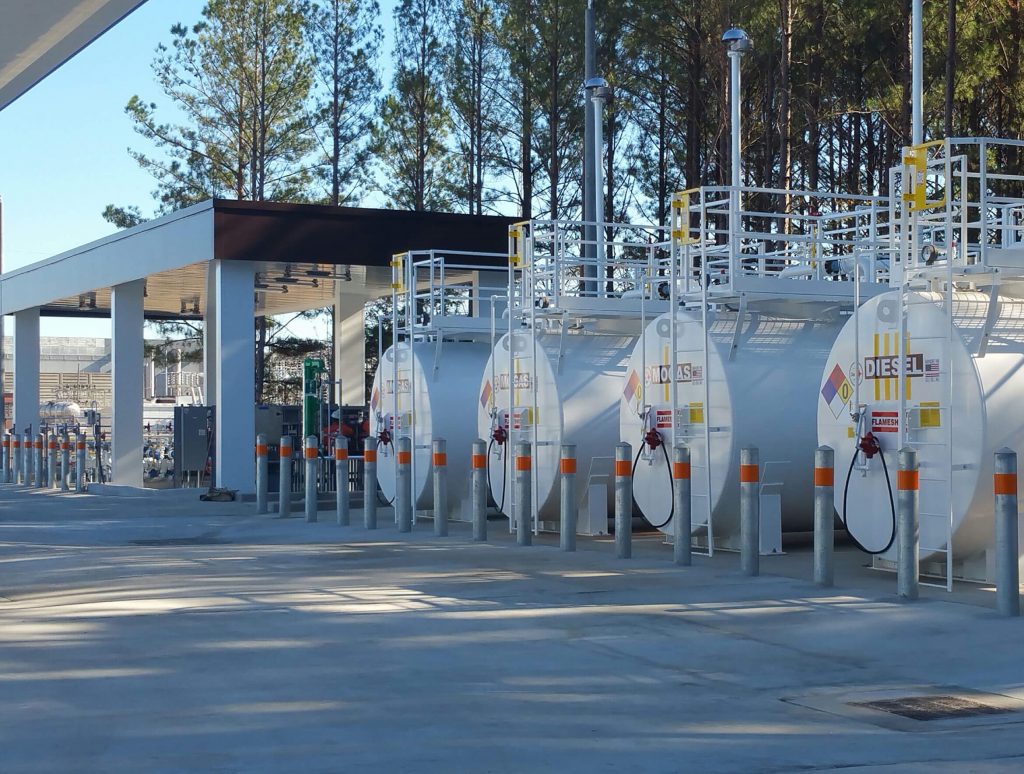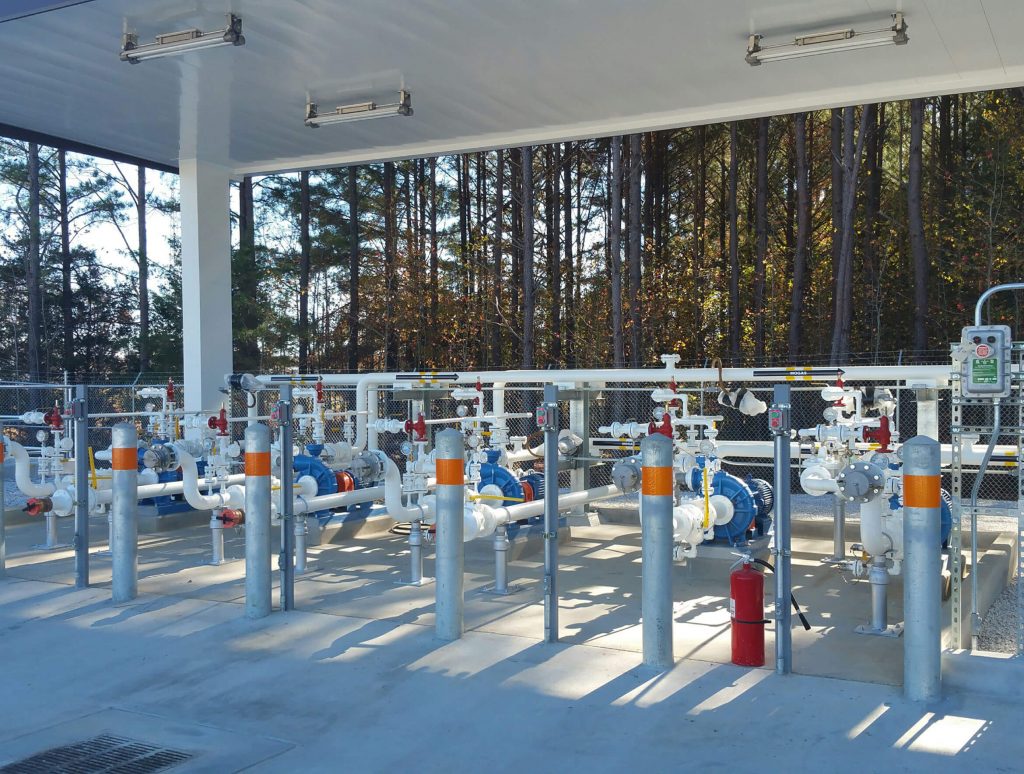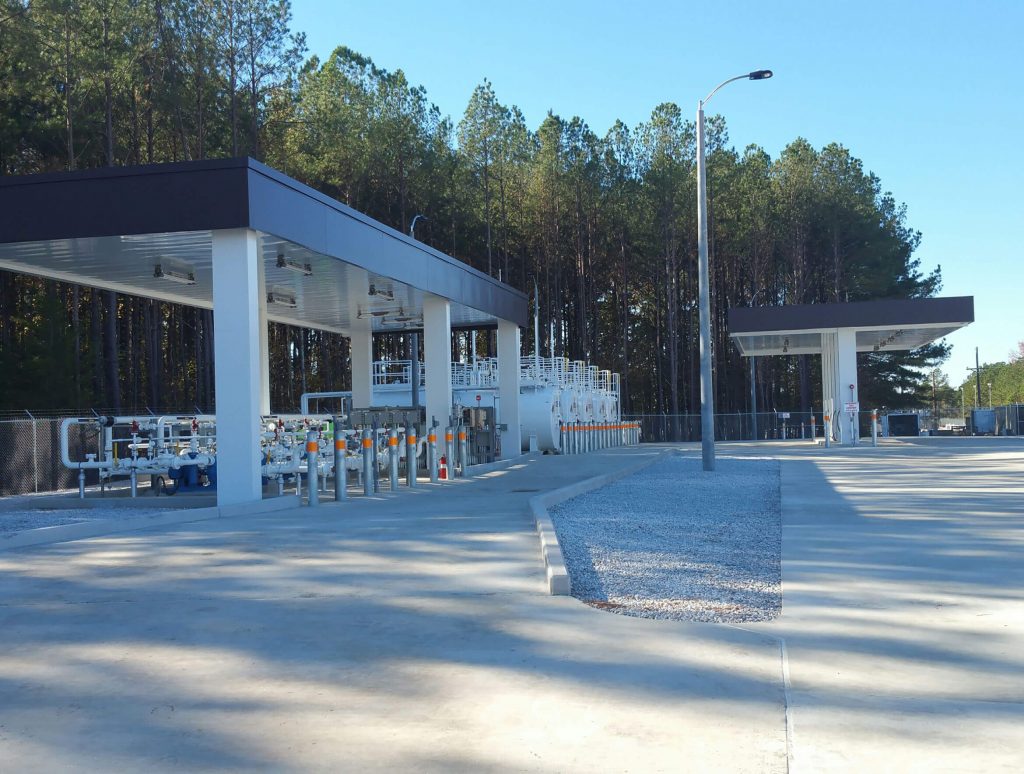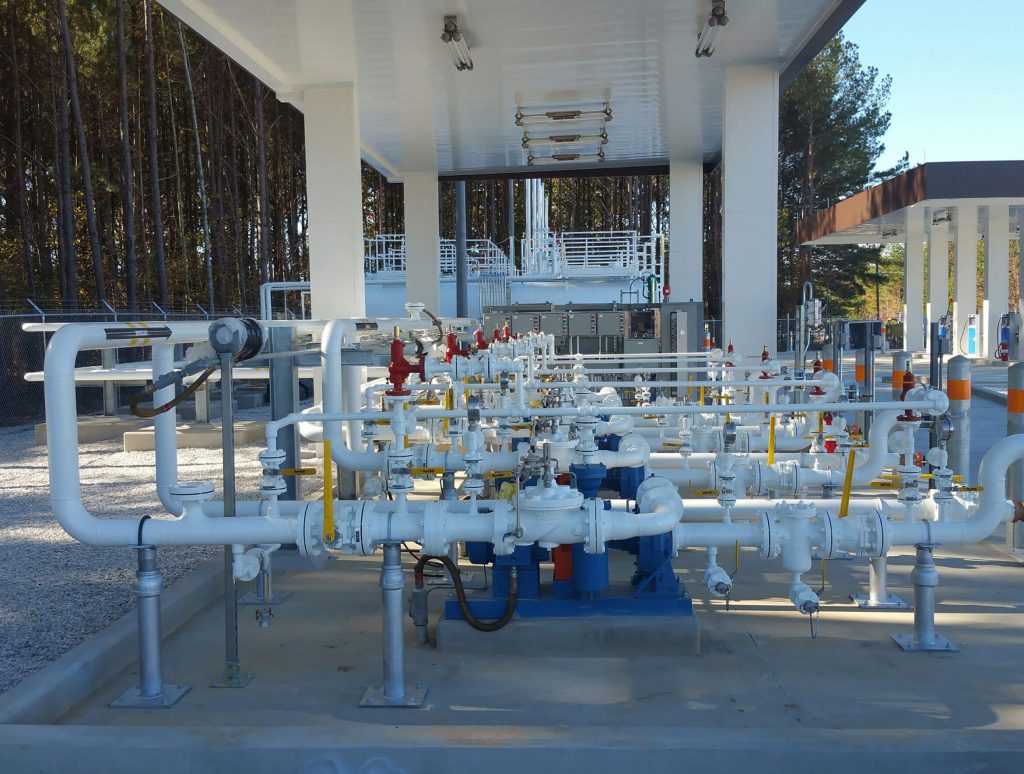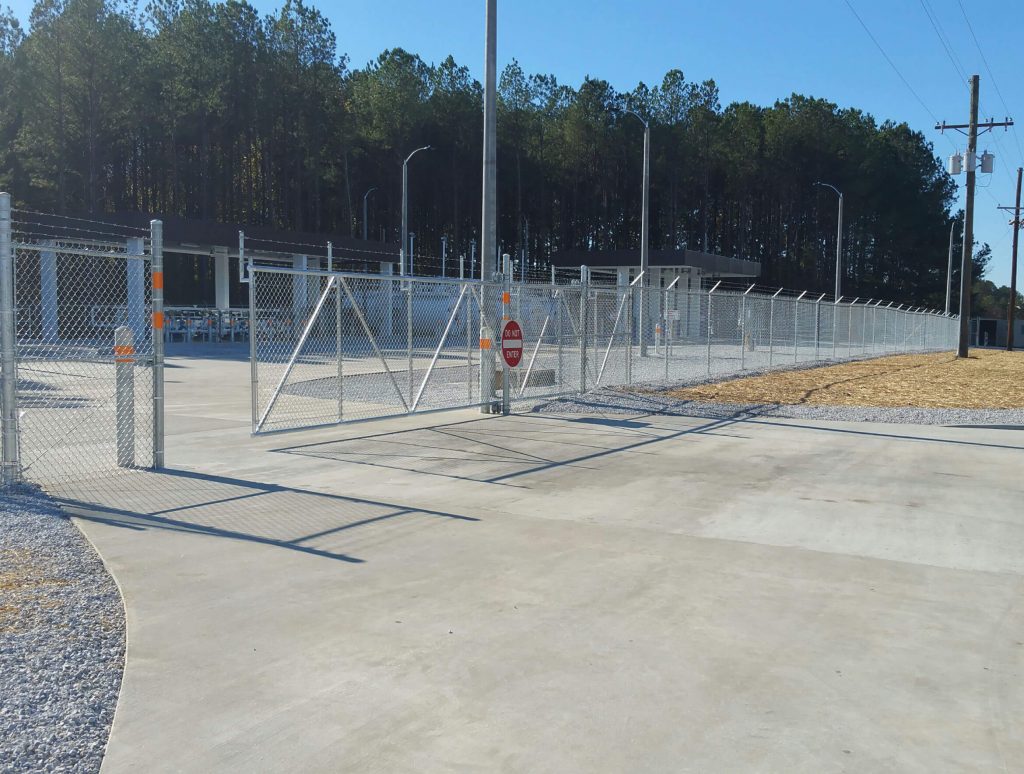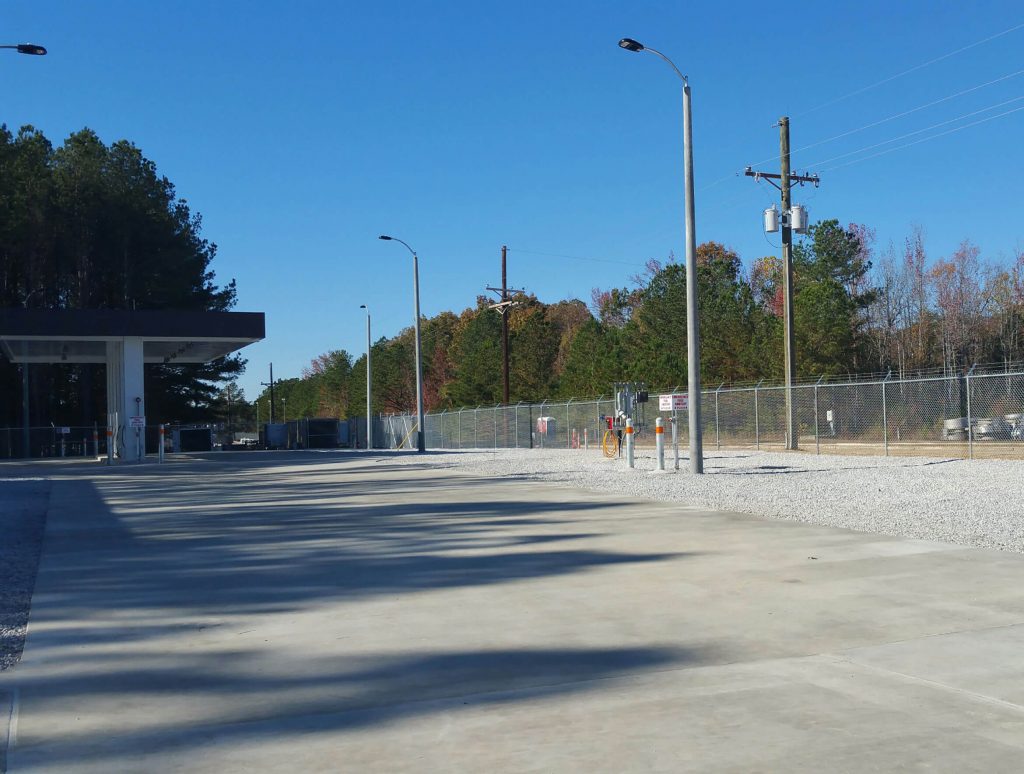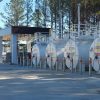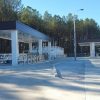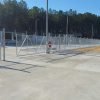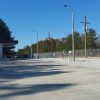Project details
- Project Location: Arnold Air Force Base, Tennessee
- Budgeted Construction Costs: Not Available
- Actual Construction Costs: Not Available
- Completion Date: 2016
- Client: Information Available Upon Request
- Owner: Information Available Upon Request
Arnold Air Force Base
This project consisted of design and construction phase services (shop drawing/submittal reviews, response to contractor RFI’s, project correspondence, etc.) for upgrades to a fueling facility (truck loading and off-loading site) located at Arnold Air Force Base in Tennessee. BillerReinhart performed structural design services (calculations, specifications, and construction drawings) for the following:
- Cast-in-place concrete foundations for support of (4) – 10,000 Gallon and (1) – 8,000 Gallon liquid fuel above ground storage tanks (AST’s);
- Foundations and equipment pads for support of various types fueling equipment (e.g. dispenser equipment and island);
- Fueling system pipe supports (utilizing structural steel) and their foundations;
- Ballast slab and hold-down anchorage for (1) – 5,000 Gallon underground oil/water separator tank;
- Cast-in-place concrete remote containment basin (RCB)
- Approximately 20,000 square feet of steel reinforced Portland cement concrete (PCC) pavement, including pavement jointing and sealing design.
Among other valuable services we were able to provide our Client on this project, BillerReinhart was able to value-engineer the originally-designed thicker, unreinforced plain PCC pavement down to a thinner, steel-reinforced pavement section. This saved time on the project, and ultimately money for the Owner (U.S. Military).

